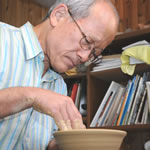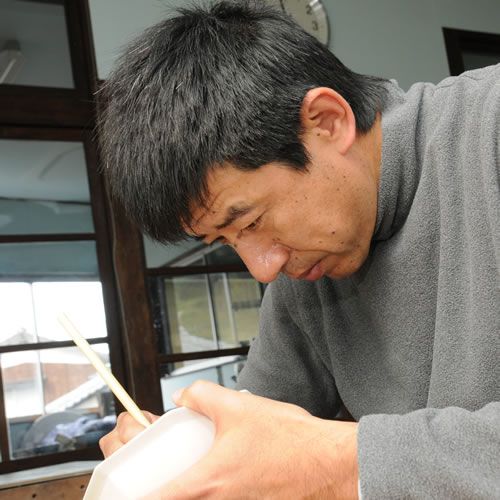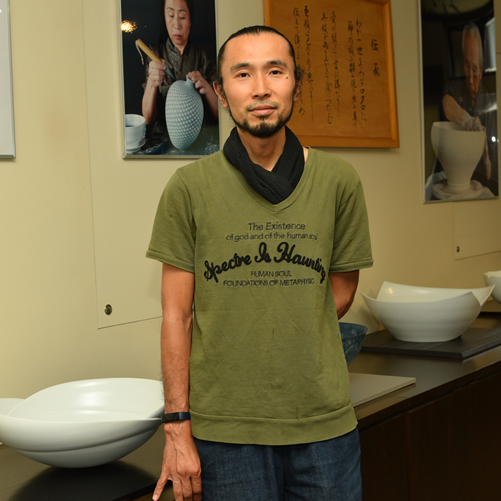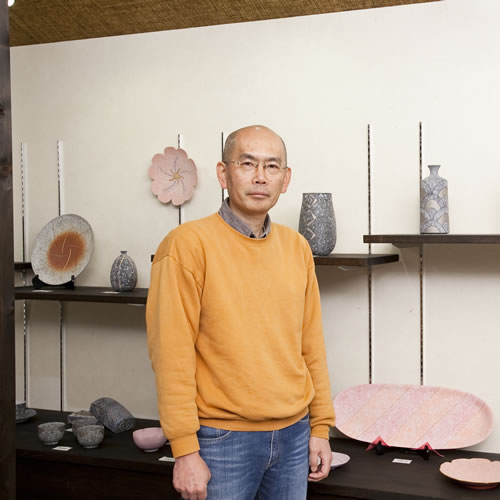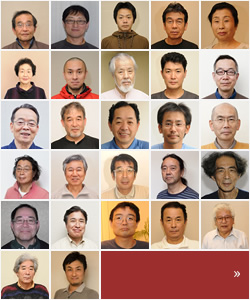Arita Ware
The first porcelain produced in Arita-cho, Saga prefecture, Japan
It is also called Imari-yaki, with the name of Imari-ko which was the shipping port for Arita porcelain during the Edo period.
In the early 17th century, Arita was the first place to produce ceramics in Japan. Under the influence of Korea, underglaze blue Sometsuke porcelain became the mainstream at that time.
In 1640s, the Chinese advanced techniques of pottery were introduced to Japan under the patronage of the Saga Nabeshima clan. Since then, the decorative production of porcelain was started with full of season sensation, away from the influence in China and Korea.
In 1653, Arita pocelains were exported to Europe by Dutch East India Company. They were especially popular with European nobles who used Somenishiki's dishes, large jars, and bowls. Arita Ware has started to undergo some changes to adjust to the European lifestyle. They were acknowledged as Imari Ware with Ukiyoe. Imari Ware was symbolized the distinctive feature of Japanese culture in the Edo period.
Also, Arita porcelains made a significant influence on Japanese lifestyle. The polished white dishes and color painted vessels had replaced wooden bowls and earthenware. It has changed to the rich life which matches with the four seasons.
They are classified into two categories, artwork and eating utensils today. The technique of Arita Ware is as follows: Somenishiki's dishes, celadon, white porcelain, tenmoku, Iro-Nabeshima, Kakiemon, Ruri-yu and Shinsha . Some artists have been making a great effort to research traditional technique and develop their own style. Painting blue tint, red tint on white porcelain by SHOMURA, Ken and Engraving inlay decoration with the original style on white porcelain by NAKAO, Yasuzumi. Their artworks are receiving a lot of attention worldwide.

